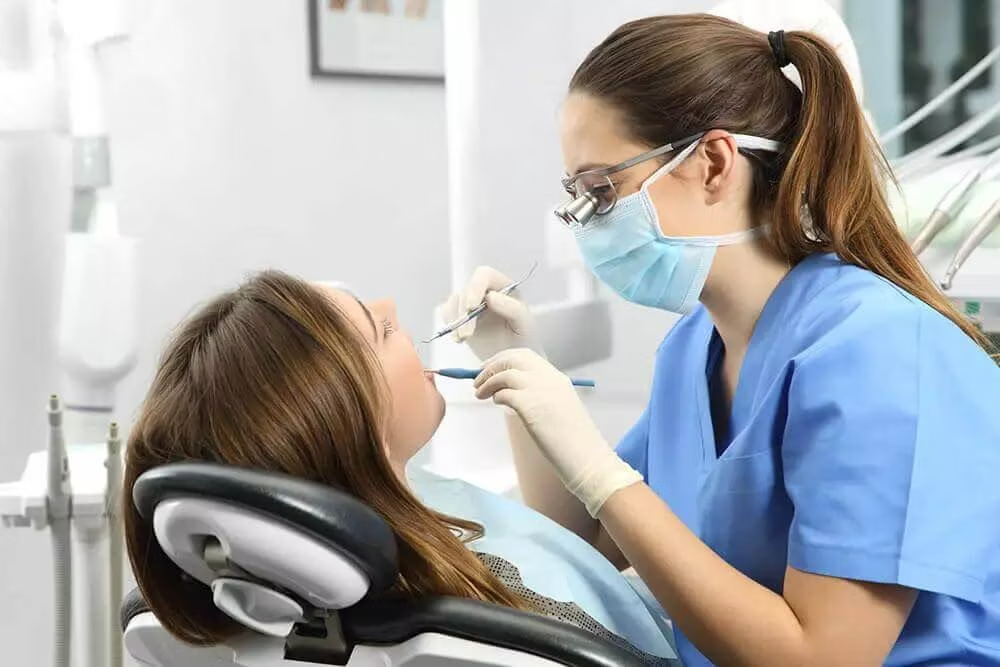If you live in Cotswild, you are likely aware that dental implants are one of the most lasting replacement options for lost tooth structures due to a lot of reputed dental clinics offering the best services. However, not all people are eligible for conventional dental implants. If the existing bone structure is inadequate, alternative treatment options may be needed.
Rehabilitation using pterygoid implants, which are lengthy implants inserted in the bones around the upper jaw, is one example of a different approach. Whether you need pterygoid implants or not, contact a dentist in Cotswold, Charlotte, NC.
What are the pros of having pterygoid implants?
Pterygoid implants are lengthy implants (15-20mm) that extend into the palatine bone and maxillary tuberosity before contacting the pterygoid process of the sphenoid bone. The implant inserts into the first or second molar region of the maxilla and then proceeds posteriorly in an oblique trajectory to find anchoring in the sphenoid bone’s pterygoid fossa.
Benefits of pterygoid Implants:
- Minimal invasive:
The primary benefit of pterygoid implants is that they avoid lengthy procedures such as sinus lifts and bone augmentation. Bone grafts are often uncertain and cause donor-site morbidity, often prevented by using pterygoid implants.
- Shorter treatment time
In contrast to grafting operations, implant placement, and prosthesis delivery might be completed on the same day, significantly minimizing treatment time.
- Better success rates
Pterygoid implants have high success rates, varying from 75% to nearly 100%. In a review performed by Bahat et al., the average survival rate was 93%.
- Better chewing efficiency
Implants inserted in the posterior maxilla allow for more incredible extensions in the prosthesis without the requirement for distal cantilevers, resulting in enhanced chewing efficiency.
So, how are they fixed?
While pterygoid dental implants are easier to install than zygomatic implants, both need skills over standard implant placement. For these reasons, individuals may need to be sent to a specialist, but this is not always the case. Yet, in both cases, patients will avoid the necessity for sinus expansion or bone grafting treatments, as well as any subsequent recovery, thus speeding up the entire process.
Essentially, pterygoid implants are 15-20mm longer than typical implants and are inserted and fixed at a 45-degree angle within the pterygoid bone. The pterygoid bone is a flat, thin lamina found in the pterygoid portion of the sphenoid bone, which forms the center and lateral sides of the skull. Therefore, pterygoid dental implants are a great option for replacing lost upper-back (posterior) teeth.

